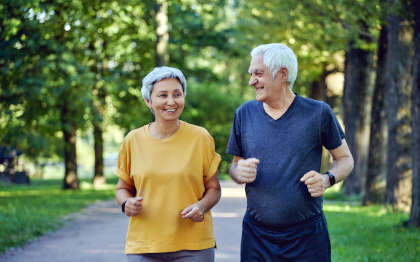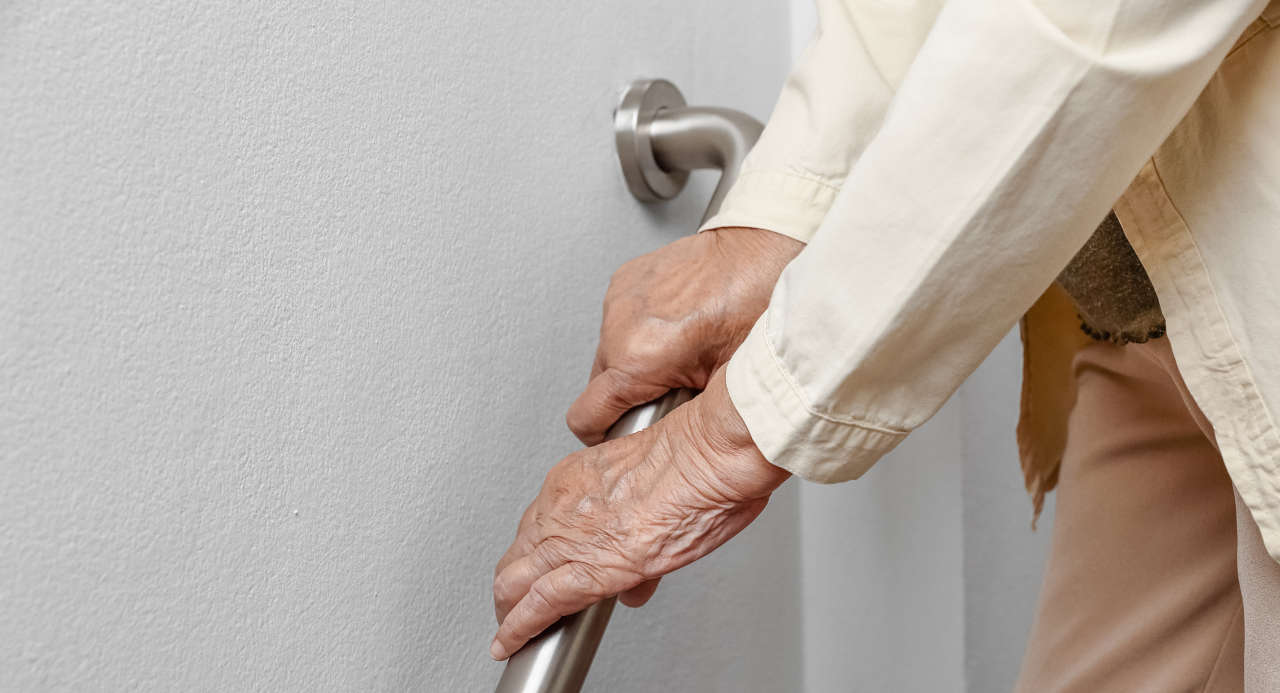As you age, taking care of your health becomes more important than ever before. This is because, with increasing age, your body’s systems become weaker and more sensitive to injuries and diseases.
MedBox: Never Sort Medications Again
In 2020, over 36,000 deaths were reported in adults aged 65 years and older as a result of fall injuries. Additionally, the hospital emergency departments recorded 3 million older adult visits due to falls.
Hence, it is crucial for older adults and their caretakers to plan certain precautionary measures beforehand to prevent falls and injuries. In this blog, we will discuss some of the essential tips on how to prevent elderly falls.
Analyzing the Possible Reasons for Falls in Older Adults and How to Avoid Them
Before moving to the tips of preventing falls in the elderly, it is crucial to analyze any possible reasons or causes that can result in falls in older adults. Once you analyze and pinpoint the reasons that may cause fall injuries in the future, it will be easier to prevent them.
Here are some of the most common causes of falls in older adults.
1. Medication Side Effects
Older adults commonly take medications for their chronic health conditions, and many of these drugs have side effects that can cause dizziness and fatigue. For example, sedatives, antidepressants, and anti-allergy drugs can make you feel dizzy, increasing the chances of falls and injuries.
So, if you are taking any medications for the long-term and experience any side effects, like severe dizziness, consult your doctor or pharmacist right away about your condition.
2. Weakness
With age, it is natural for our health to decline, resulting in weakness and reduced physical functioning. Weakness in older adults is another possible cause of dizziness and inability to move or walk properly, which can cause falls and injuries.
Older adults that are weak or have poor appetites should increase their intake of food supplements, milk, calcium, vitamins, or nutritional drinks, like Ensure to fulfill their daily need for nutrients. Proper nutrition helps to improve body functions and can help prevent falls and injuries.
3. Poor Vision
Poor vision and eyesight problems are another major issue seen in older adults that can lead to falls and injuries.
For adults with poor vision, it is crucial for their caretakers to prepare everything they might need beforehand, especially at night. Caretakers should also inform and train them about the location of all their belongings.
Moreover, they should always have extra glasses at their bedside for urgent situations. For elderly individuals with very poor vision, a caretaker should be with them at all times.
Your Prescriptions Sorted and Delivered
4. Home Hazards
Around 60% of falls in older adults happen in the home because of home hazards. Older adults should have plenty of space to walk freely in the home. You can create free space by removing any potential hazards that may increase the risk of falls. So, if there are older adults in the house, it is crucial to make your home safe by removing any potential fall hazards. For example:
- Remove or set aside anything they might trip into while walking around the house. This includes furniture, stands, decoration pieces, or any other equipment.
- Remove all electrical or phone cords from walkways or hallways.
- Always clean spilled liquid, oil, grease, or food from the floor immediately.
- Store necessary belongings, like clothing, food, or other personal things, within easy reach.
- Use non-slip rugs or mats in the house.
5. Insufficient Lighting
Insufficient lighting, especially at night, is another possible cause of elderly falls. There should be additional lighting in the house to ensure older adults don’t face difficulty walking around.
6 Essential Tips To Prevent Falls in Older Adults
In addition to avoiding possible hazards that increase the risks of falls for seniors and taking preventive measures, some other ways to prevent falls include:

1. Exercise Regularly
A sedentary lifestyle is not good for anyone, whether young or elderly. There is a misconception that older adults should become inactive, and that physical activity can harm them, which is a myth.
A sedentary lifestyle not only gives rise to certain chronic diseases, such as cardiovascular disorders and obesity but also weakens your body’s ability to stay active, healthy, or tolerate any exertion.
Hence, engaging in moderate aerobic physical activity daily or at least a few times weekly improves tolerance and reduces fall risks. Moreover, it improves blood circulation and heart health and helps prevent an unhealthy drop in blood pressure when you change your body position.
2. Avoid Alcohol
Another tip to prevent falls in older adults is to avoid or at least limit alcohol. A high intake of alcohol affects body balance, mobility, and reflexes and increases the likelihood of dizziness. This may cause falls, fractures, and other injuries.
3. Wear Non-Slip Footwear
Older adults should choose footwear that is comfortable, secure, and non-slippery. Whether at home or outdoors, wearing well-fitted, soft, and non-slippery shoes or slippers is necessary to prevent injury and falls.
4. Get Regular Eye Checkups
Certain eye-related disorders, such as glaucoma, cataracts, or poor vision, are common with increased age. Eye problems affect vision, increasing the chances of falls. In addition, sometimes patients don’t notice any visual disturbance, but the disease worsens over time. Hence, older individuals should get their eyesight checked at least twice a year to detect any eye conditions or poor vision.
5. Install Safety Checkpoints
Bathroom injuries are common and dangerous, as seniors can slip on wet surfaces and run out of space to balance themselves.
Certain safety checkpoints, like grab bars, handrails, and non-slip mats, should be installed in high-risk areas, such as bathrooms, to create a more accessible surface for older adults to maintain balance and grip, preventing falls and injuries.
6. Use Assistive Devices
Seniors facing difficulty walking without support should have an assistance device that helps them move or walk around comfortably. For example, they can use a walker to stand or a wheelchair to move around the house independently.


